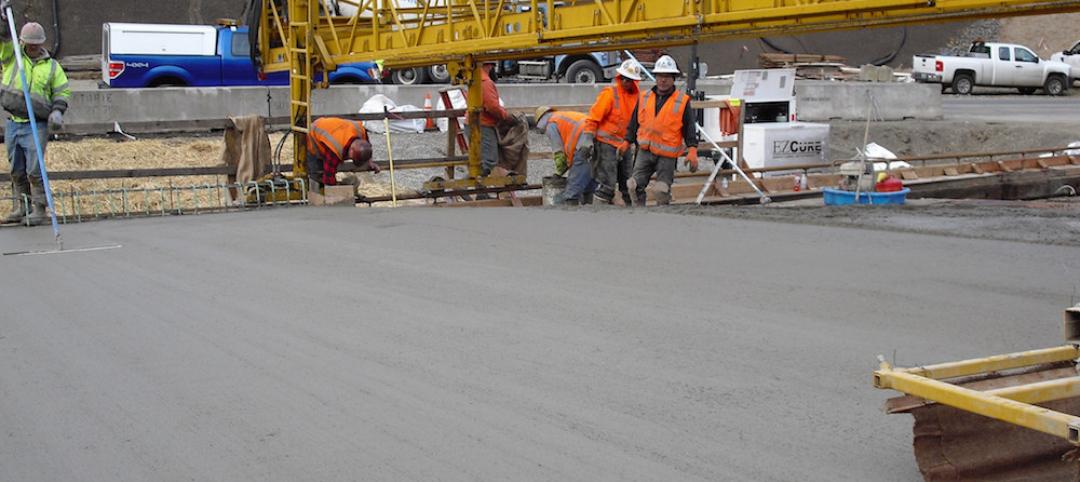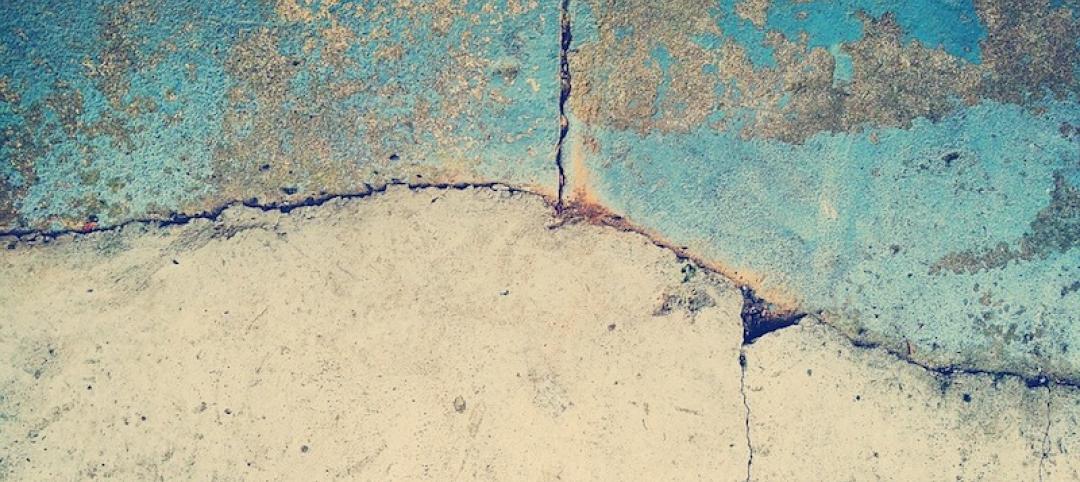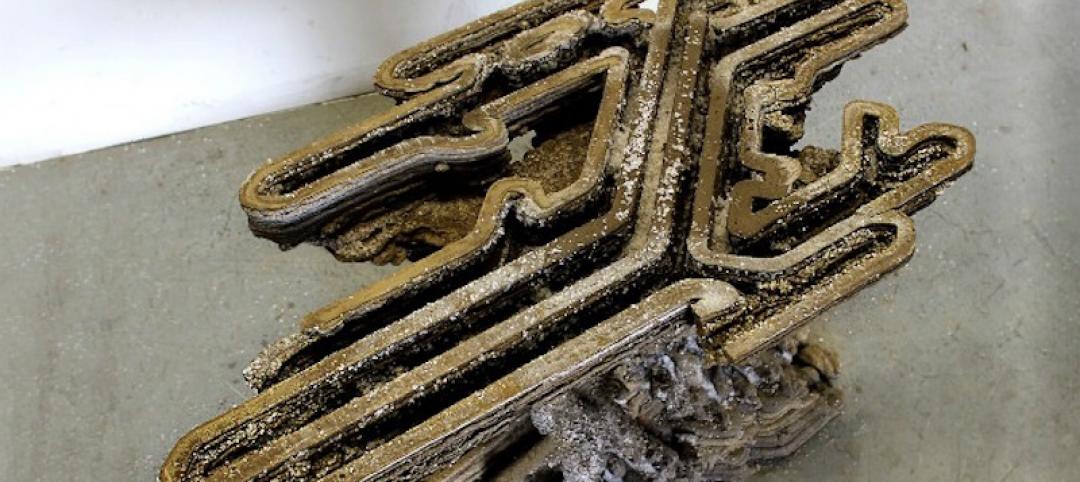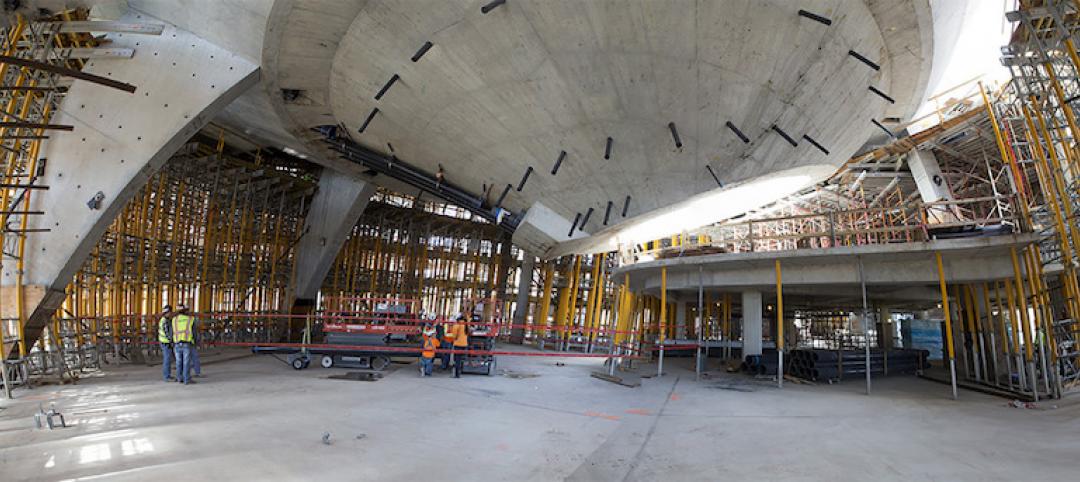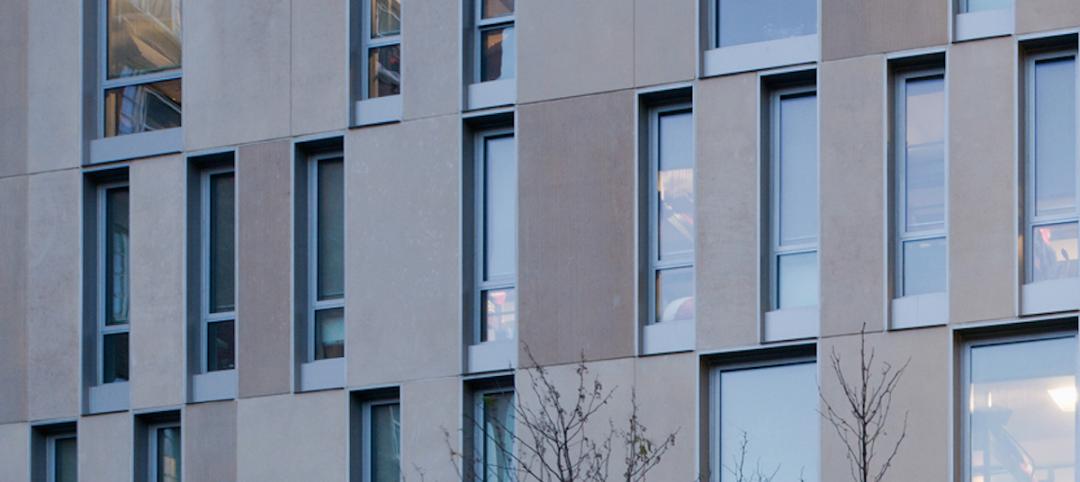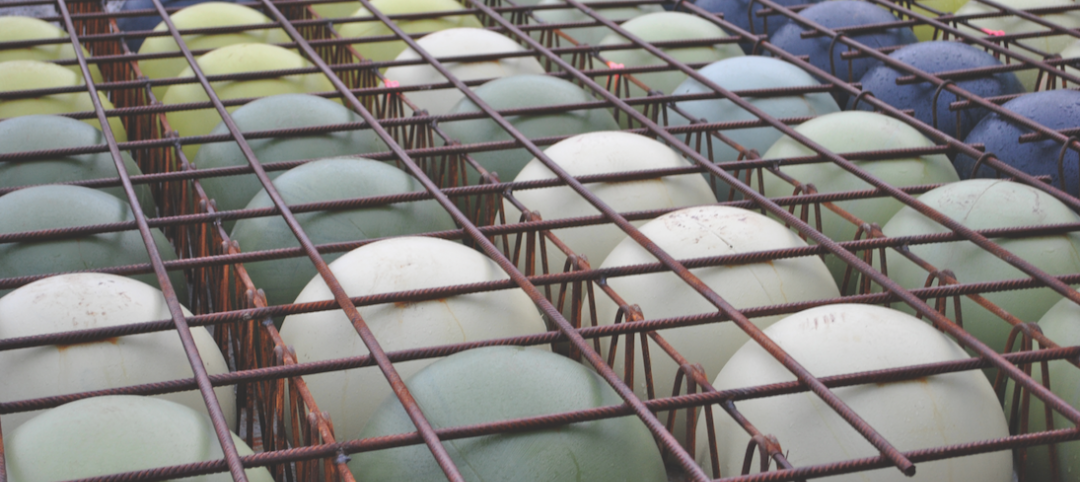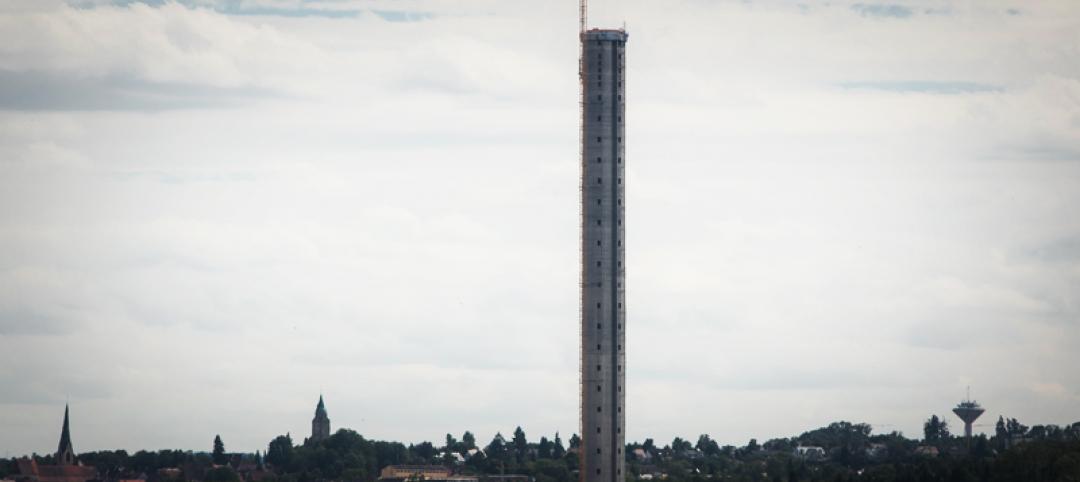Ancient Roman seawalls that have been exposed to the elements for over 2,000 years are finally beginning to reveal the secret of their longevity to researchers trying to figure out what makes them so durable. Lasting for 2,000 years in impressive enough, but even more impressive is the fact that the concrete barriers have actually strengthened over that time period.
According to Time, new research published in American Mineralogist discovered it is a mixture of volcanic ash, lime, seawater, and a mineral called aluminum tobermorite that gives the concrete its durability.
This mixture can reinforce the wall and prevent cracks from expanding. The reaction was caused by seawater continually pounding the structures for centuries, which allowed the mineral mixture of silica oxides and lime to grow between the volcanic rock aggregate and mortar to develop resistance, Time reports. This Roman concrete thrives in open chemical exchange with seawater, which is very rare on Earth.
The information gleaned from this research could prove vital in developing a more environmentally friendly, longer-lasting concrete that could be used in projects today’s concrete would be deemed unsuitable for such as sea barriers or coastal structures.
Related Stories
Concrete | Jun 7, 2016
Concrete Institute publishes document providing concrete curing guidance
New curing monitoring techniques included.
Building Materials | Jun 1, 2016
MIT study: Microscopic structure of natural materials can inspire better concrete
Bones and sea sponges are highly organized at the molecular level, while concrete consists of random composites.
High-rise Construction | Mar 28, 2016
SOM’s Salt Lake City skyscraper uses innovative structural system to suspend itself over a neighboring building
The hat truss-supported office tower was topped off in January, rising 25 stories above the Salt Lake City streets.
Concrete Technology | Jan 27, 2016
New concrete can make roads, sidewalks safer by melting ice and snow
The de-icing concrete uses an electrical current to generate heat to keep roads safer during winter storms.
3D Printing | Jan 25, 2016
Architecture students create new method for 3D printing concrete
The team's Fossilized project allows for structures that are more varied and volumetric than other forms so far achieved.
Great Solutions | Jan 20, 2016
Digitally fabricated concrete formwork pushes the limits of what can be cost-effectively constructed in concrete
Simpson Gumpertz & Heger and CW Keller use 3D modeling and CNC machining to advance concrete construction.
Great Solutions | Jan 20, 2016
Sasaki Associates develops simple yet novel solution for precast concrete complication
Its double-angle cladding anchor maintains the air/water/vapor barrier integrity and continuous insulation while still allowing for the desired versatility of precast panels.
Great Solutions | Jan 19, 2016
Concrete innovation: voided biaxial slab slashes weight, saves concrete
System reduces slab dead load by 30% on medical clinic project
Concrete | Jan 15, 2016
Fallingwater to Sydney Opera House: Ranking the world’s best concrete buildings
Large and small, some of the most iconic structures of all time were made of the composite building material.
Vertical Transportation | Aug 5, 2015
ThyssenKrupp’s maglev elevator test tower almost ready
The 761-foot concrete tower will enable the manufacturer to test its maglev elevator prototypes. The new elevators will be moved by magnets, allowing for vertical and horizontal movement of multiple cars in one shaft.



